What Is Analog Integrated Circuit
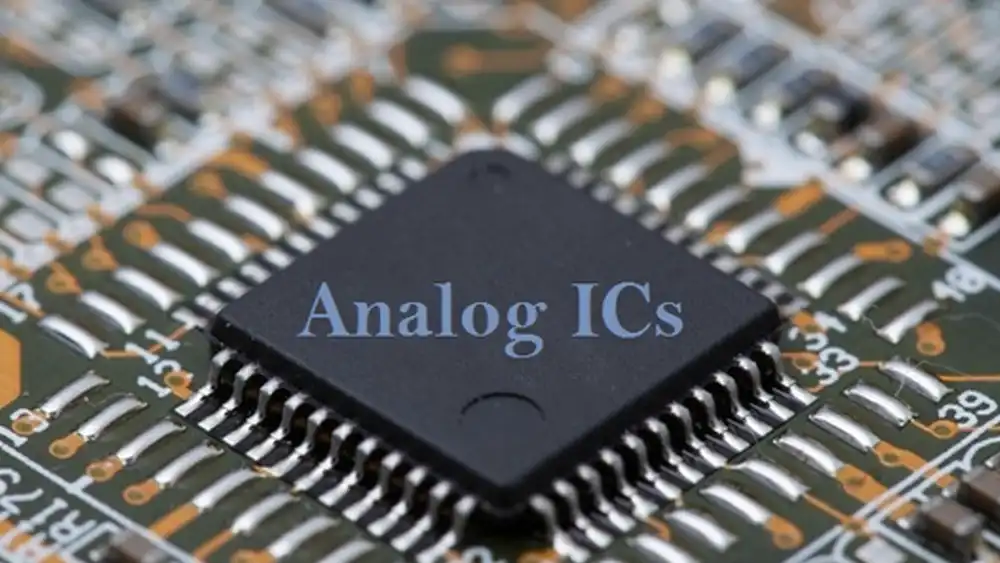
An Analog Integrated Circuit (Analog IC) is a type of electronic device that processes continuous signals. Unlike digital circuits, which operate using binary signals, analog ICs handle a range of voltages and currents, representing information in a continuous form. These circuits are fundamental in converting real-world signals, like sound, light, and temperature, into electrical signals that can be processed and manipulated.
Brief History and Development
The development of analog ICs dates back to the 1960s when the first operational amplifiers (op-amps) were introduced. These early circuits were made from discrete components soldered onto circuit boards.
The invention of the transistor and subsequent advancements in semiconductor technology paved the way for the integration of these components onto a single silicon chip. This transition allowed for greater reliability, smaller size, and lower cost, revolutionizing the electronics industry.
Importance and Relevance in Modern Technology
Analog ICs play a crucial role in today’s technology. They are found in virtually every electronic device, from smartphones and televisions to medical equipment and industrial automation systems. These circuits enable the conversion, amplification, and filtering of signals, making them essential for interfacing between the analog world and digital systems. Their ability to process real-world signals accurately and efficiently makes them indispensable in modern electronics.
Types of Analog Integrated Circuit
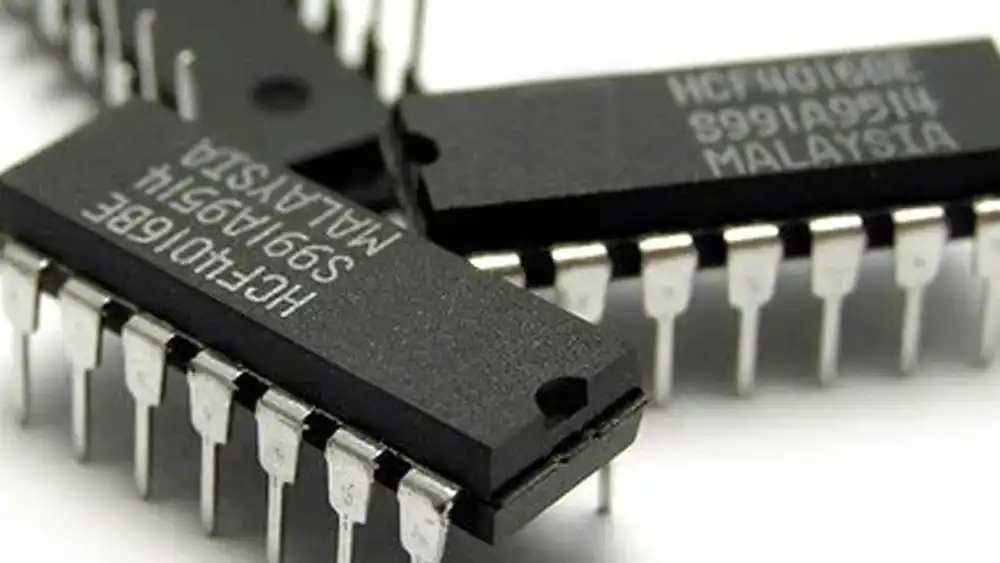
Linear Analog ICs
Linear analog ICs include devices like operational amplifiers, voltage regulators, and linear amplifiers. These circuits maintain a linear relationship between input and output signals, making them ideal for applications requiring precise signal amplification and conditioning.
Non-Linear Analog ICs
Non-linear analog ICs, such as comparators and multipliers, do not maintain a linear relationship between input and output. These circuits are used in applications like signal comparison, modulation, and demodulation, where non-linear signal processing is required.
Mixed-Signal ICs
Mixed-signal ICs integrate both analog and digital components on a single chip. These circuits are essential in applications like data converters (ADCs and DACs), where they bridge the gap between the analog and digital domains, enabling seamless communication and processing.
Specialized Analog ICs
Specialized analog ICs are designed for specific applications, such as RF amplifiers for communication systems, sensor interface ICs for environmental monitoring, and power management ICs for energy-efficient systems. These circuits are tailored to meet the unique requirements of their respective applications.
Technical Specifications of Analog Integrated Circuit
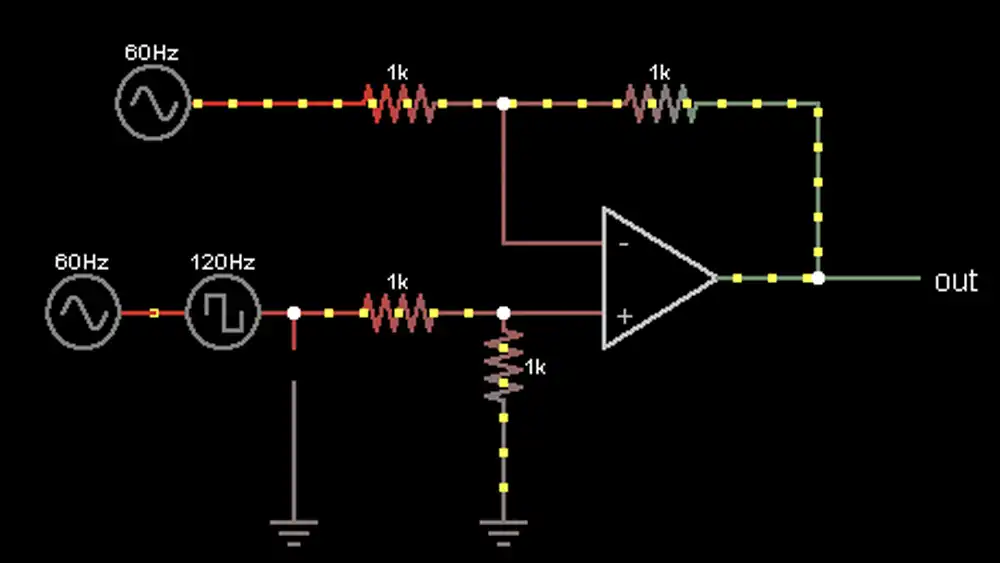
Basic Components and Structure
Analog ICs are composed of transistors, resistors, capacitors, and diodes integrated onto a silicon substrate. These components are interconnected to perform specific functions like amplification, filtering, and signal conversion. The design and layout of these components determine the IC’s performance characteristics.
Fabrication Process
The fabrication of analog ICs involves multiple steps, including wafer fabrication, photolithography, doping, and metallization. These processes are carried out in cleanroom environments to ensure precision and minimize contamination. Advances in fabrication technology have led to the development of smaller, more efficient analog ICs.
Key Performance Parameters
Key performance parameters for analog ICs include gain, bandwidth, noise, power consumption, and linearity. These parameters determine the circuit’s ability to accurately process signals without distortion or interference, making them critical for evaluating IC performance.
Packaging and Assembly
Analog ICs are packaged in various forms, such as dual in-line packages (DIP), surface-mount devices (SMD), and chip-scale packages (CSP). The choice of packaging depends on factors like thermal management, mechanical stability, and ease of integration into electronic systems.
Applications of Analog Integrated Circuit
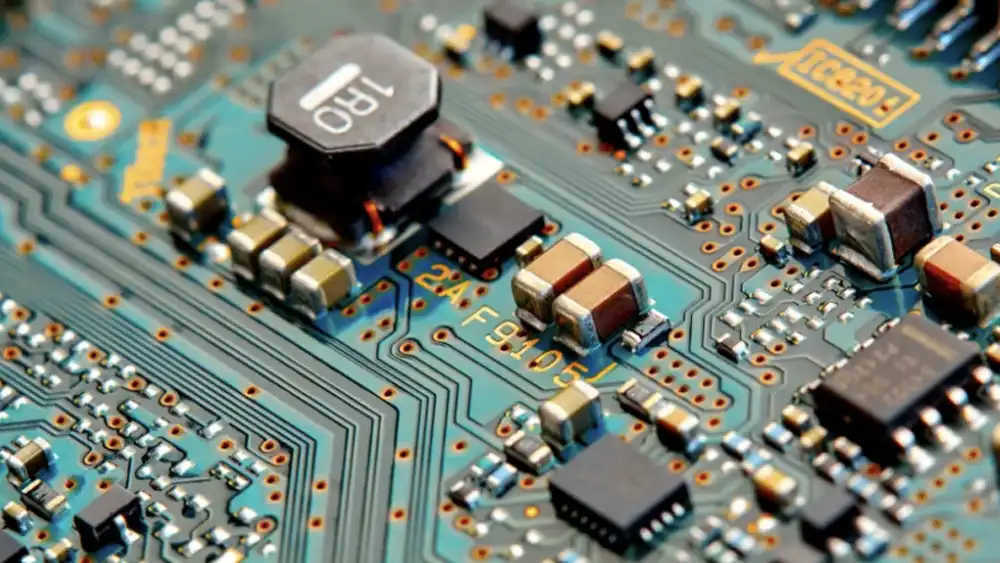
Consumer Electronics
In consumer electronics, analog ICs are used in audio and video equipment, smartphones, gaming consoles, and home appliances. These circuits enable high-fidelity sound reproduction, signal processing, and power management, enhancing the performance and functionality of these devices.
Industrial Automation
Analog ICs are integral to industrial automation systems, where they are used in sensors, actuators, and control systems. These circuits facilitate precise measurement and control of physical parameters, improving the efficiency and reliability of industrial processes.
Medical Devices
In medical devices, analog ICs are used in diagnostic equipment, patient monitoring systems, and therapeutic devices. They enable accurate signal acquisition and processing, critical for the reliable operation of medical instrumentation.
Telecommunications
Analog ICs are essential in telecommunications, where they are used in RF transceivers, signal modulators, and amplifiers. These circuits support high-speed data transmission and reception, ensuring robust communication networks.
Automotive Systems
In automotive systems, analog ICs are used in engine control units, infotainment systems, and safety features like airbags and anti-lock braking systems. These circuits enhance vehicle performance, safety, and user experience.
Benefits of Analog Integrated Circuit
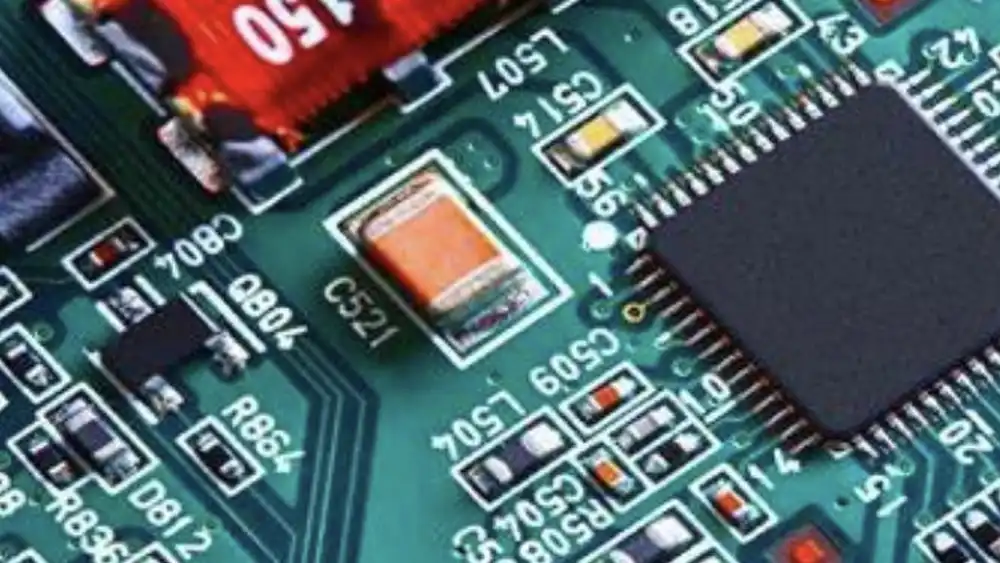
Improved Performance
Analog ICs offer superior performance in terms of signal fidelity, speed, and accuracy. Their ability to process real-world signals with minimal distortion makes them ideal for high-performance applications.
Miniaturization and Integration
The integration of analog functions onto a single chip reduces the size and complexity of electronic systems. This miniaturization enables the development of compact, portable devices with enhanced functionality.
Cost Efficiency
The mass production of analog ICs lowers manufacturing costs, making advanced electronics more affordable. Integrated circuits also reduce the need for multiple discrete components, further cutting costs and simplifying system design.
Reliability and Durability
Analog ICs are designed to operate reliably under various conditions, including temperature variations and electrical stress. Their robustness and long lifespan contribute to the durability of electronic systems.
Advanced Fabrication Techniques
New fabrication techniques, such as silicon-on-insulator (SOI) and FinFET technologies, are improving the performance and efficiency of analog ICs. These innovations enable the development of smaller, faster, and more power-efficient circuits.
High-Frequency Analog ICs
The demand for high-frequency analog ICs is increasing in applications like 5G communications and radar systems. These circuits are designed to operate at higher frequencies, offering improved performance in high-speed data transmission.
Low-Power Analog ICs
Low-power analog ICs are essential for battery-operated devices and energy-efficient systems. Innovations in low-power design techniques are extending battery life and reducing power consumption in portable electronics.
Integration with Digital Systems
The integration of analog and digital functions on a single chip, known as system-on-chip (SoC) technology, is enhancing the capabilities of electronic systems. This integration enables seamless communication and processing, improving overall system performance.
Comparative Analysis
Analog vs. Digital ICs
Analog ICs process continuous signals, while digital ICs handle discrete binary signals. Each type has its advantages and disadvantages, with analog ICs offering superior signal fidelity and digital ICs providing better precision and scalability. The choice between analog and digital ICs depends on the specific application and performance requirements.
Analog ICs vs. Discrete Components
Analog ICs integrate multiple components onto a single chip, reducing size and complexity compared to discrete components. This integration improves reliability and performance, making analog ICs a preferred choice for modern electronic systems. However, discrete components may still be used in certain applications where flexibility and customization are required.
Evolution of Analog ICs Over Time
The evolution of analog ICs has been marked by significant advancements in fabrication technology, design techniques, and performance capabilities. From the early days of discrete component integration to the development of sophisticated mixed-signal ICs, analog technology has continually evolved to meet the growing demands of modern electronics.
User Guides or Tutorials
Basic Design Principles
Designing analog ICs requires a thorough understanding of basic principles, such as signal amplification, filtering, and feedback. Knowledge of semiconductor physics, circuit theory, and electronic components is essential for developing effective analog circuits.
Common Design Tools and Software
Various design tools and software are available to assist in analog IC design, including SPICE simulation tools, layout editors, and modeling software. These tools enable designers to simulate, analyze, and optimize circuit performance before fabrication.
Testing and Troubleshooting Analog ICs
Testing and troubleshooting analog ICs involve measuring performance parameters, identifying faults, and verifying circuit functionality. Techniques such as signal analysis, thermal imaging, and electronic probing are used to diagnose and resolve issues in analog circuits.
Conclusion
Analog ICs are essential components in modern electronics, enabling the processing of continuous signals with high accuracy and efficiency. They are used in a wide range of applications, from consumer electronics and industrial automation to medical devices and telecommunications.
The future of analog ICs looks promising, with continued advancements in fabrication technology, design techniques, and integration with digital systems. These developments will drive innovation in various industries, improving the performance and capabilities of electronic systems.